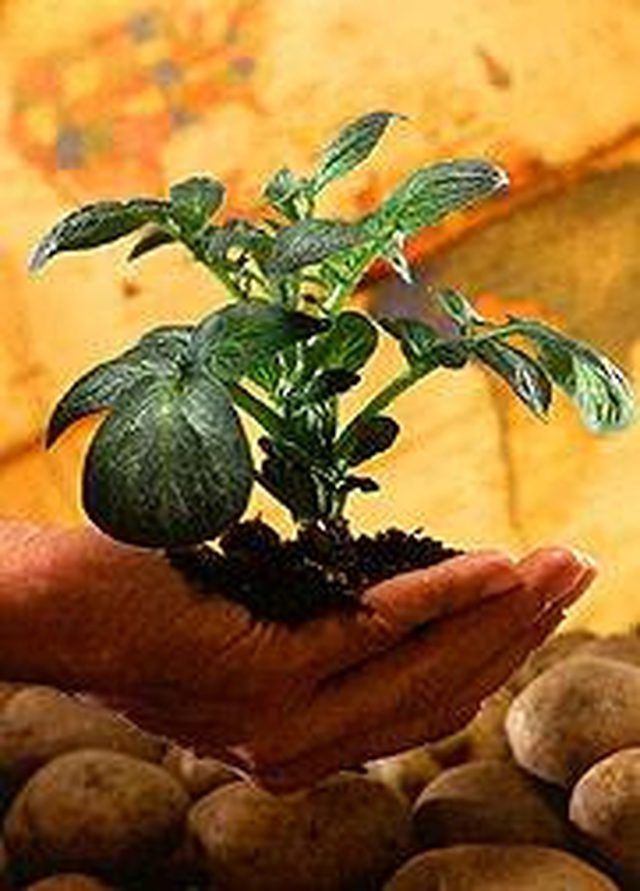Bulbs
Flower Basics
Flower Beds & Specialty Gardens
Flower Garden
Garden Furniture
Garden Gnomes
Garden Seeds
Garden Sheds
Garden Statues
Garden Tools & Supplies
Gardening Basics
Green & Organic
Groundcovers & Vines
Growing Annuals
Growing Basil
Growing Beans
Growing Berries
Growing Blueberries
Growing Cactus
Growing Corn
Growing Cotton
Growing Edibles
Growing Flowers
Growing Garlic
Growing Grapes
Growing Grass
Growing Herbs
Growing Jasmine
Growing Mint
Growing Mushrooms
Orchids
Growing Peanuts
Growing Perennials
Growing Plants
Growing Rosemary
Growing Roses
Growing Strawberries
Growing Sunflowers
Growing Thyme
Growing Tomatoes
Growing Tulips
Growing Vegetables
Herb Basics
Herb Garden
Indoor Growing
Landscaping Basics
Landscaping Patios
Landscaping Plants
Landscaping Shrubs
Landscaping Trees
Landscaping Walks & Pathways
Lawn Basics
Lawn Maintenance
Lawn Mowers
Lawn Ornaments
Lawn Planting
Lawn Tools
Outdoor Growing
Overall Landscape Planning
Pests, Weeds & Problems
Plant Basics
Rock Garden
Rose Garden
Shrubs
Soil
Specialty Gardens
Trees
Vegetable Garden
Yard Maintenance
How Do Plants Get Food and Water?
How Do Plants Get Food and Water?. Plants are unique in that they make most of their food through a process called photosynthesis. Plants make photosynthesis happen with carbon dioxide, water and sunlight. These three ingredients and a natural substance in plants called chlorophyll create a starch that gives a plant the food it needs to grow.

Plants Create Their Own Food
Plants are unique in that they make most of their food through a process called photosynthesis. Plants make photosynthesis happen with carbon dioxide, water and sunlight. These three ingredients and a natural substance in plants called chlorophyll create a starch that gives a plant the food it needs to grow.
Photosynthesis Process
Plants get carbon dioxide from the air around them. This is the by-product of air that people and animals create when they exhale. Plants absorb carbon dioxide through their leaves to begin the process of creating food. Plants absorb water and the nutrients from the water via their roots systems. These nutrients and the water itself travel up the stem and throughout the plant to reach the leaves where photosynthesis will occur. Chlorophyll is a naturally occurring substance found in the leaves of plants. This substance is what makes a plant green. Chlorophyll is very important in helping plants get and create food by drawing sunlight into the plants.
Food for Plants, Air for People
Plants need a source of light to start the photosynthesis process. Energy from the sun combined with chlorophyll in plant leaves starts the process. Water drawn from the root and carbon dioxide taken from the air make most of the food that plants use to grow. This process not only produces important food for the plant, it also releases oxygen into the air as a by-product that is vital to other living things including people.
Extra Food for Plants
Farmers and gardeners often use compost, fertilizer and chemicals to help plants grow better. These ingredients boost the nutrient content of the soil of plants. They can include nitrogen, phosphorus, potassium and many more depending on the type of plant they grow. These nutrients in the soil are absorbed through the root systems of plants after they are dissolved in water.
How Plants Get Water
Plants get water in several ways. The roots of a plant draw moisture from the soil to various parts of the plant as needed. When a plant has all the water needed, it excretes excess water via the leaves. This water then evaporates. This process, called transpiration, ensures that a continuing cycle of water travels throughout the plant.
How Plants Drink Through Osmosis
While plants get the vast majority of their water through the root system, some plants get water from dew or mist collected on their leaves. This process, called osmosis, draws water in through the leaves, distributing the water to dry areas of a plant.